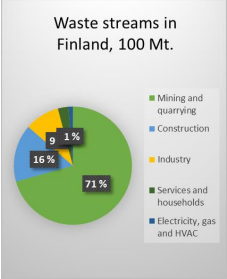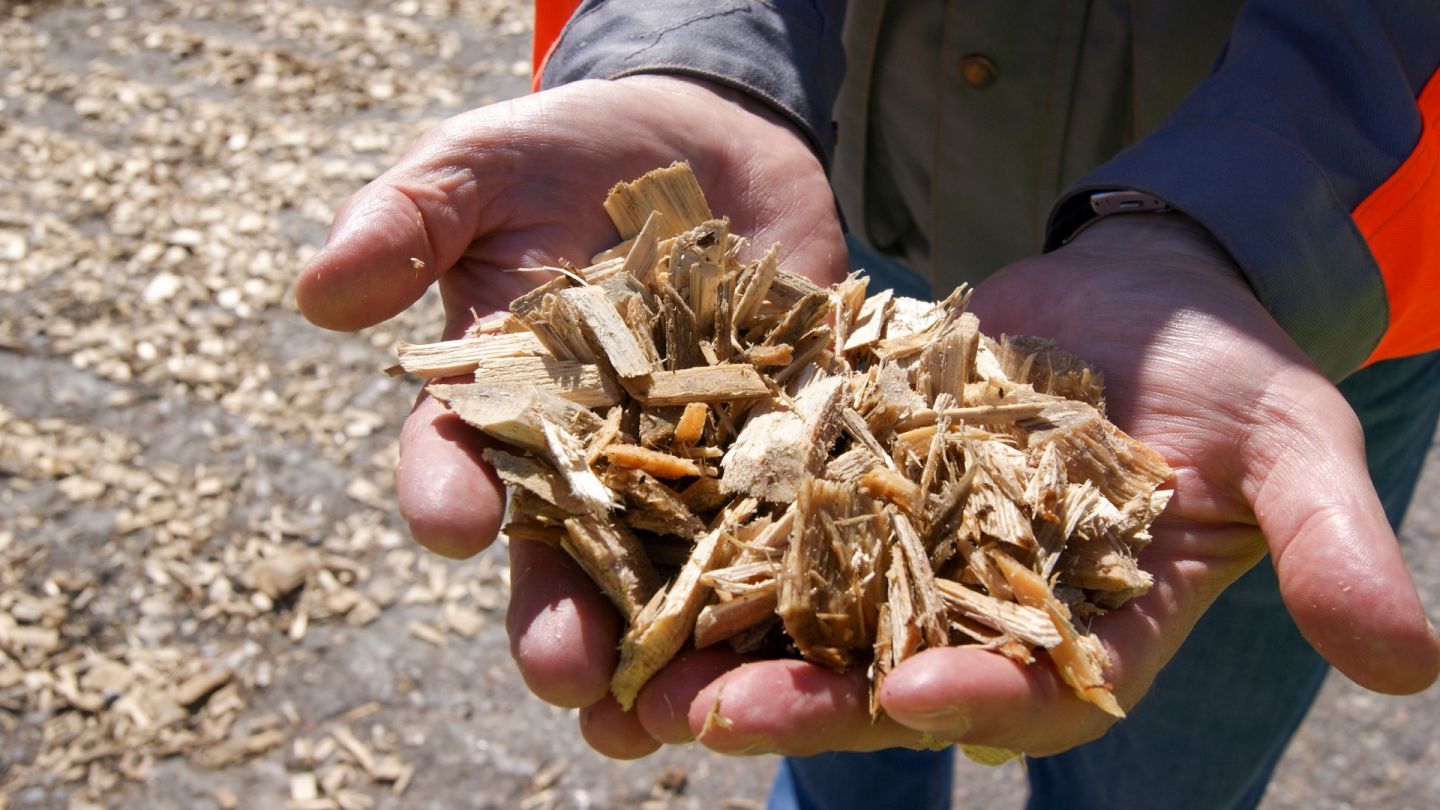Lapland has a Circular Economy Cluster.
– In a circular economy, materials and value circulate in society, and products gain added value through services and intelligence. The goal is a zero-waste system where materials preserve their value, remain in productive use for an extended time, and are re-used efficiently. (Sitra) Sharing among consumers, recycling-based circulation of nutrients, and an industrial circular economy are all examples of the circular economy. The definition of the circular economy also covers the bioeconomy, as well as minerals not included in the concept of bioeconomy.
The circular economy is one of the key projects identified in Prime Minister Juha Sipilä’s Government Programme. The objective of the project is to utilize the potential of the circular economy and clean solutions.
Industrial effluents are a major resource in Lapland
An industrial circular economy is vital for Lapland, but it has not yet received much attention. Sea Lapland is an important industrial center in Finland, employing approximately 4,000 people. Lapland’s share in Finnish exports currently exceeds 7 per cent. Industrial operators in Kemi-Tornio produce a total of 1.7 million tonnes of industrial effluents per year, and these could be utilized far more efficiently in areas such as earthwork construction and water treatment. This is a notable figure, considering that the total volume of municipal waste in Finland is approximately 2.6 million tonnes per year.
In a circular economy, the objective is to eliminate or minimize the waste of materials and waste streams. Around 96 per cent of all the material we call waste comes from sources other than households, which means that an industrial circular economy plays a major role in reducing emissions. Although industry waste volumes have decreased for decades, effluents could still be utilized more efficiently. There is a demand for commercial recycling, and Digipolis in Kemi is committed to promoting this. According to Digipolis, the current value of the industrial symbiosis in Lapland is EUR 700 million per year, but its potential value could be as much as EUR 2 billion.
Recently, a decision was made to establish the Finnish center for the industrial circular economy in Lapland, Kemi. The center is a national recognition for the promotion of the industrial circular economy in Kemi-Tornio. It is established by the City of Kemi, Lapland University of Applied Sciences and Digipolis, and its mission is to make Lapland the leading area for the bioeconomy and circular economy in the Arctic. The Finnish Innovation Fund Sitra is one of the finders of the project.
“An industrial shopping list” serves the Lapland-based innovation platform by helping companies find new uses for their effluents. For example, OKTO crushed aggregate by Outokumpu is a well-known construction material, but there is also immense potential in the utilization of new applications.
The aim of the center for the industrial circular economy in Lapland is to create a concept that can be used elsewhere in Finland and other countries. This is achieved through systematic and documented work. In line with the principles of the sharing economy, the center also wants to promote the exchange of information and good practices.
OKTO crushed aggregate is a success story
OKTO crushed aggregate is a material made from ferrochromium smelter slag by Outokumpu. Ferrochromium slag is a steel industry by-product that can be used as an insulator and as an additive and binding agent in materials. OKTO aggregate has been used as the binding agent in asphalt, and it is one of the best-known products made from industrial effluents.
Recommended actions
- Municipalities could place more emphasis on environmental values and creativeness in their public procurement contracts. Municipalities in Lapland could set an excellent practical example of this.
- Product development contest by Digipolis, educational institutions and companies, for the purpose of promoting the industrial circular economy and the use of effluents.

Sources and more information: Kari Poikela, Programme Director.
You can also load briefing paper (pdf) which tells about the circular economy of Lapland.
Published 9/2017



